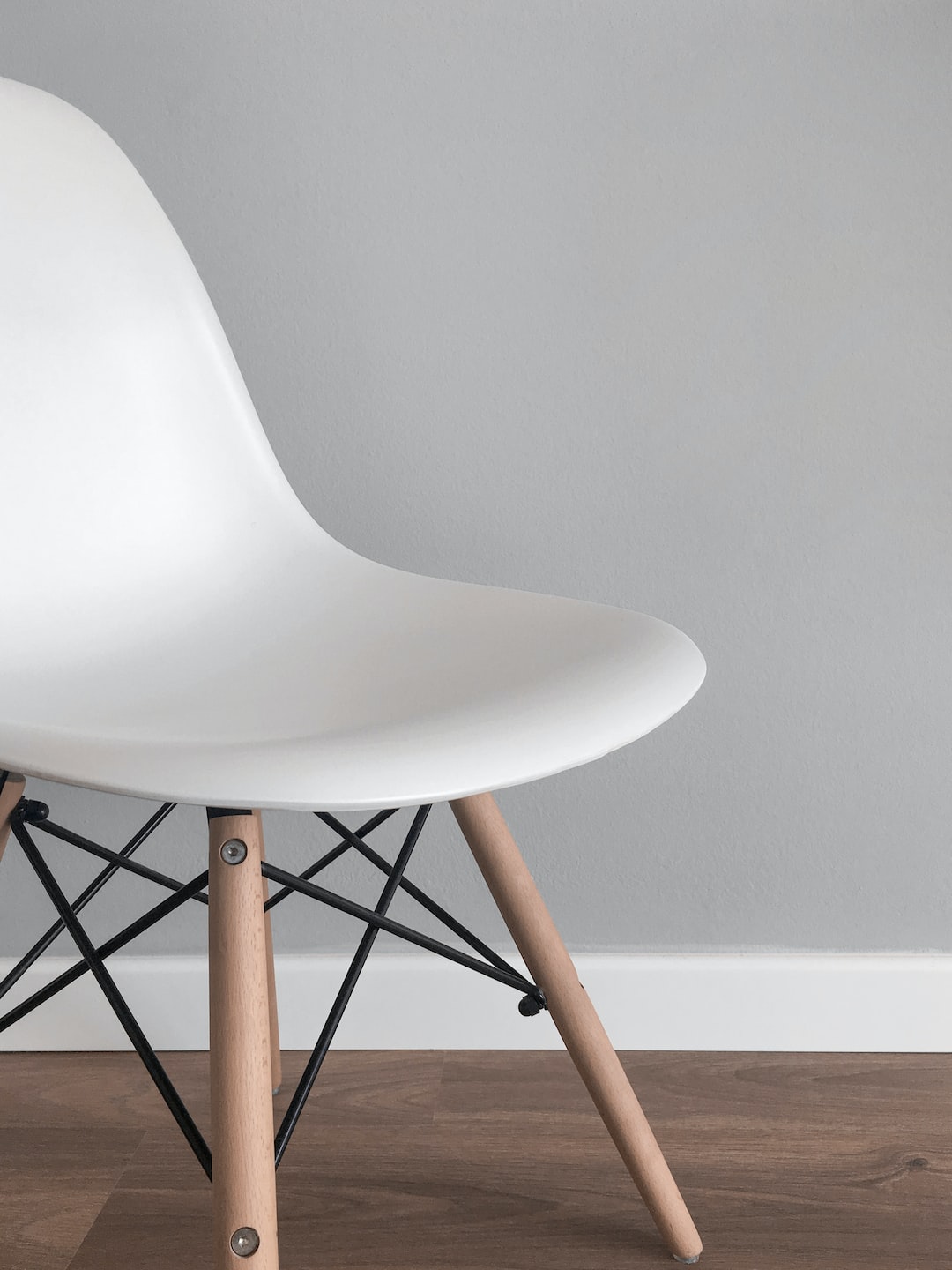Choosing the Right Material for Your Outdoor Furniture
When it comes to purchasing outdoor furniture, one of the most important factors to consider is the material it is made of. The material not only determines the overall durability and strength of the furniture, but it also affects its appearance and maintenance requirements. With so many options available, it can be overwhelming to choose the right material. In this blog post, we will discuss some popular outdoor furniture materials and their pros and cons to help you make an informed decision.
Wood
Wood is a classic and timeless choice for outdoor furniture. It adds a natural and warm touch to any outdoor space. Teak, cedar, and acacia are some examples of wood commonly used in outdoor furniture. One of the main advantages of wood is its strength and durability. Properly treated and maintained wood furniture can last for years, even in harsh weather conditions. However, wood requires regular maintenance, such as applying sealants or oils, to prevent it from fading or rotting. It is also more expensive compared to other materials.
Metal
Metal is another popular material for outdoor furniture. Aluminum and wrought iron are commonly used due to their durability and resistance to rust and corrosion. Metal furniture is known for its strength and sturdiness, making it ideal for windy areas. It is also low maintenance, as it only requires occasional cleaning to remove dirt and stains. However, metal furniture can get hot in direct sunlight, so it may not be suitable for areas with intense sun exposure. Additionally, metal furniture may be prone to dents or scratches.
Plastic
Plastic is a lightweight and affordable option for outdoor furniture. It is easy to clean and does not require much maintenance. Plastic furniture is available in a variety of colors and styles, making it a versatile choice for any outdoor space. However, plastic may fade or become brittle over time due to prolonged exposure to sunlight. It is also less durable compared to other materials, so it may not withstand heavy use or extreme weather conditions.
Wicker
Wicker furniture is made from natural or synthetic fibers woven together. It adds a charming and rustic look to outdoor spaces. Natural wicker is made from plant materials such as rattan or bamboo and requires extra care to protect it from moisture and sunlight. Synthetic wicker, on the other hand, is made from resin and is more durable and weather-resistant. Wicker furniture is lightweight and comfortable but may require occasional cleaning to remove dirt or mildew.
In conclusion, choosing the right material for your outdoor furniture is crucial to ensure its longevity and endurance. While wood offers durability and natural beauty, metal provides strength and low maintenance. Plastic is a budget-friendly option, while wicker offers a charming rustic feel. Consider your specific needs, budget, and climate before making a decision. Regardless of the material you choose, proper care and maintenance will help extend the lifespan of your outdoor furniture, allowing you to enjoy it for years to come.

